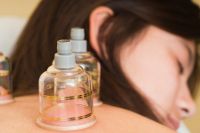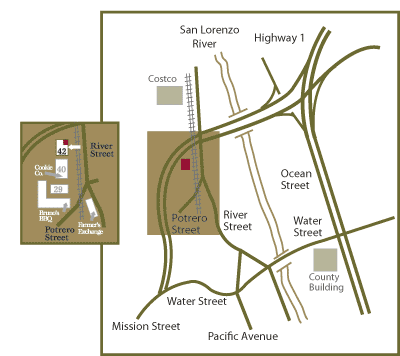Suction Cupping and Gua Sha

 Application of suction cups to the skin is a traditional Chinese medical treatment. Cupping works like reverse massage to bring about faster and more complete muscle healing.
Application of suction cups to the skin is a traditional Chinese medical treatment. Cupping works like reverse massage to bring about faster and more complete muscle healing.
Effects of Suction Cupping
- Stretches muscles upwards from underlying bone and connective tissue
- Triggers profound muscle relaxation reflexes
- Pumps blood and lymphatic fluid through tight, adhered or restriction muscles, removing wastes and bringing new oxygen and nutrients to injured areas.
Active Cupping
- Combines moving an affected body region with the cups in place. This innovative technique increases the therapeutic effects of cupping by actively engaging and mobilizing the underlying muscles, fascia and joints.
- Active cupping can bring about rapid and lasting reduction of painful trigger points and adhesions, as well as gains in muscle-tendon flexibility and joint range-of-motion.
- By decreasing pain-inhibition to movement, active cupping can play an important role in injury rehabilitation and restoring normal function.
- Combines moving an affected body region with the cups in place. This innovative technique increases the therapeutic effects of cupping by actively engaging and mobilizing the underlying muscles, fascia and joints.
Gua sha is a powerful technique similar to friction massage that:
- Breaks up painful myofascial trigger points and relieves myalgia
- Stretches and loosens restrictions in muscle and connective tissue, which can relieve pain at sites distal to where the gua sha is applied
- Flushes capillary beds and lymphatic ducts and increases local micro-circulation
- Stimulates tissue healing thorugh release of growth factors
- Can result in rapid restoration of injured muscle strength and function through strong stimulation of muscle/tendon reflexes
Gua sha means “to scrape away fever” (i.e., inflammation) in Chinese. Gua sha involves using the blunt edge of a specially-shaped tool capable of reducing tough, fibrous adhesions that resist thumb or finger pressure. Gua sha does not break the skin, but can result in temporary redness (petechiae) at the site of application, which fades after several hours or days.
Gua sha has a long history of usage in Traditional Chinese Medicine, but has not drawn as much interest from modern scientific researchers until recently. A clinical trial of gua sha for neck pain published in Pain Medicine in March 2011 showed significant benefit for pain severity and neck function, and called for further research. Personally I am glad to see this low-tech/low-cost technique that in my experience is very safe, well-tolerated and effective finally getting some of the attention it deserves from the academic research community.

